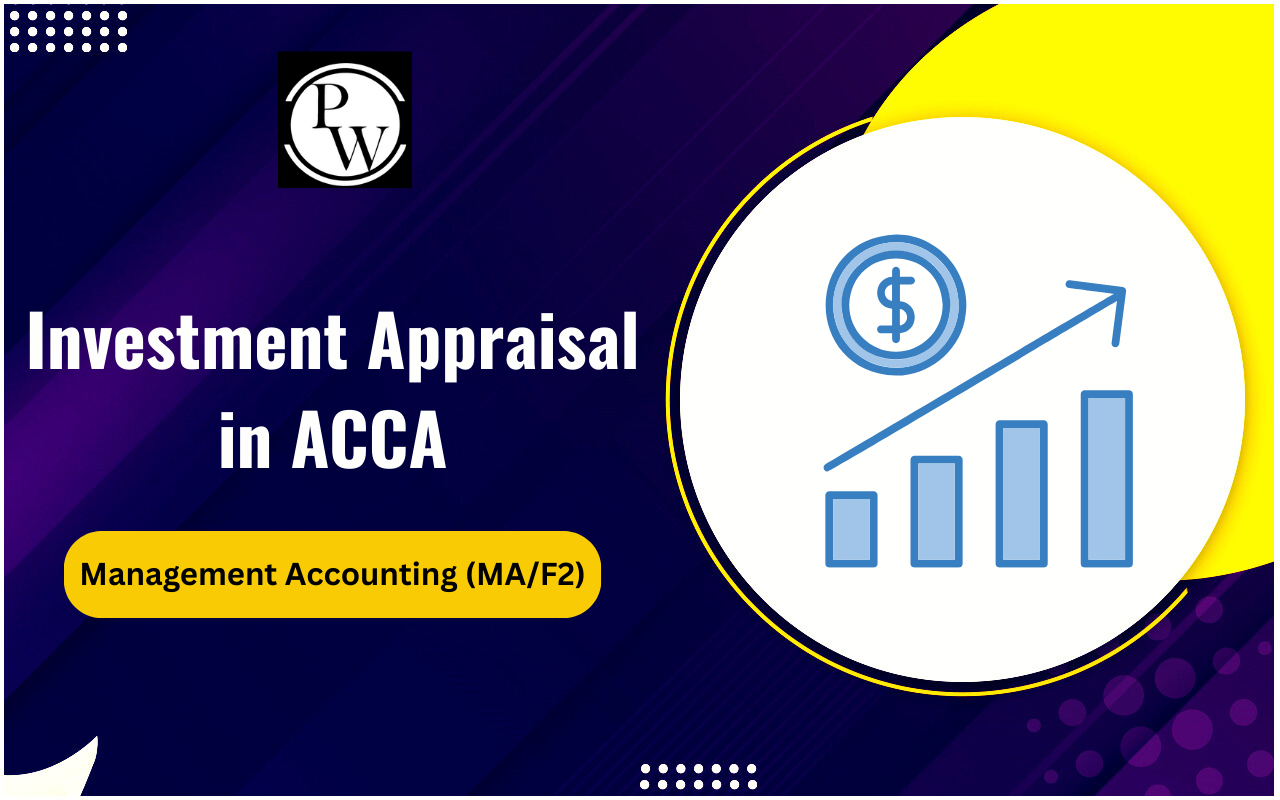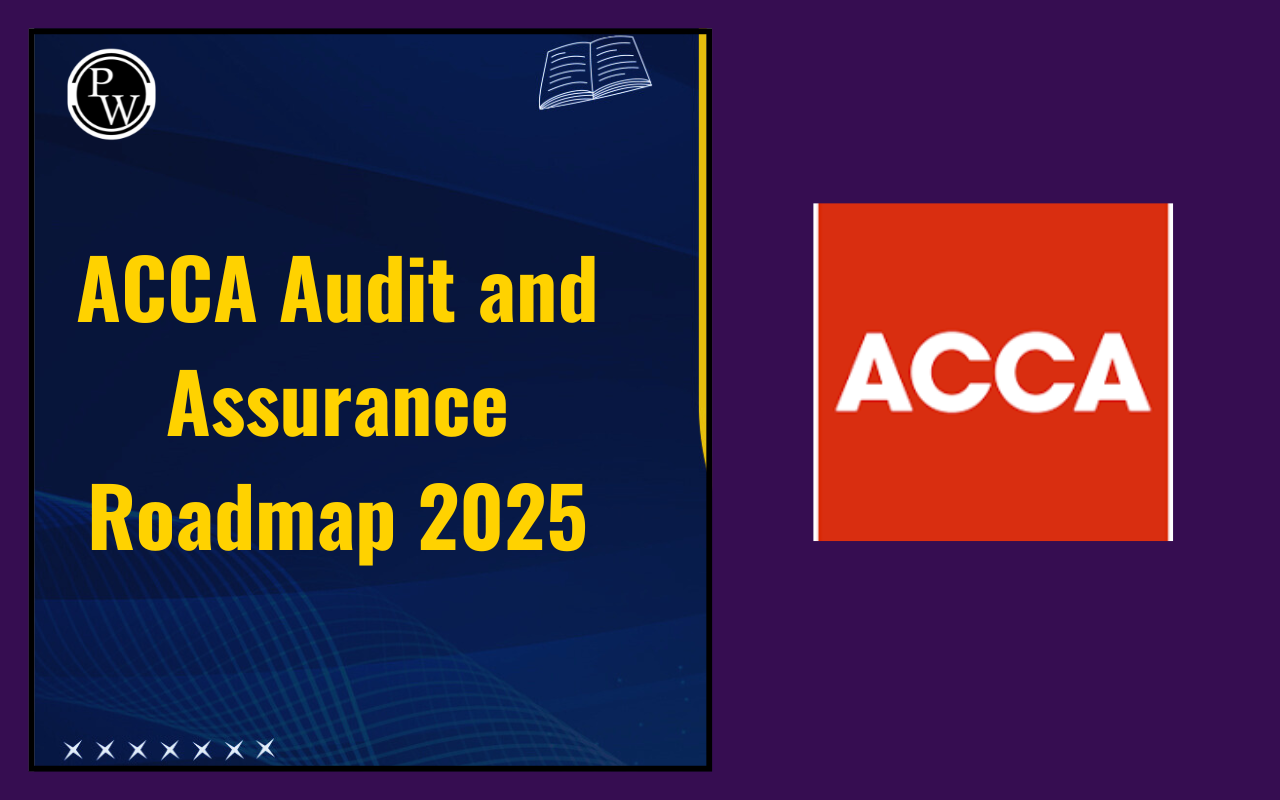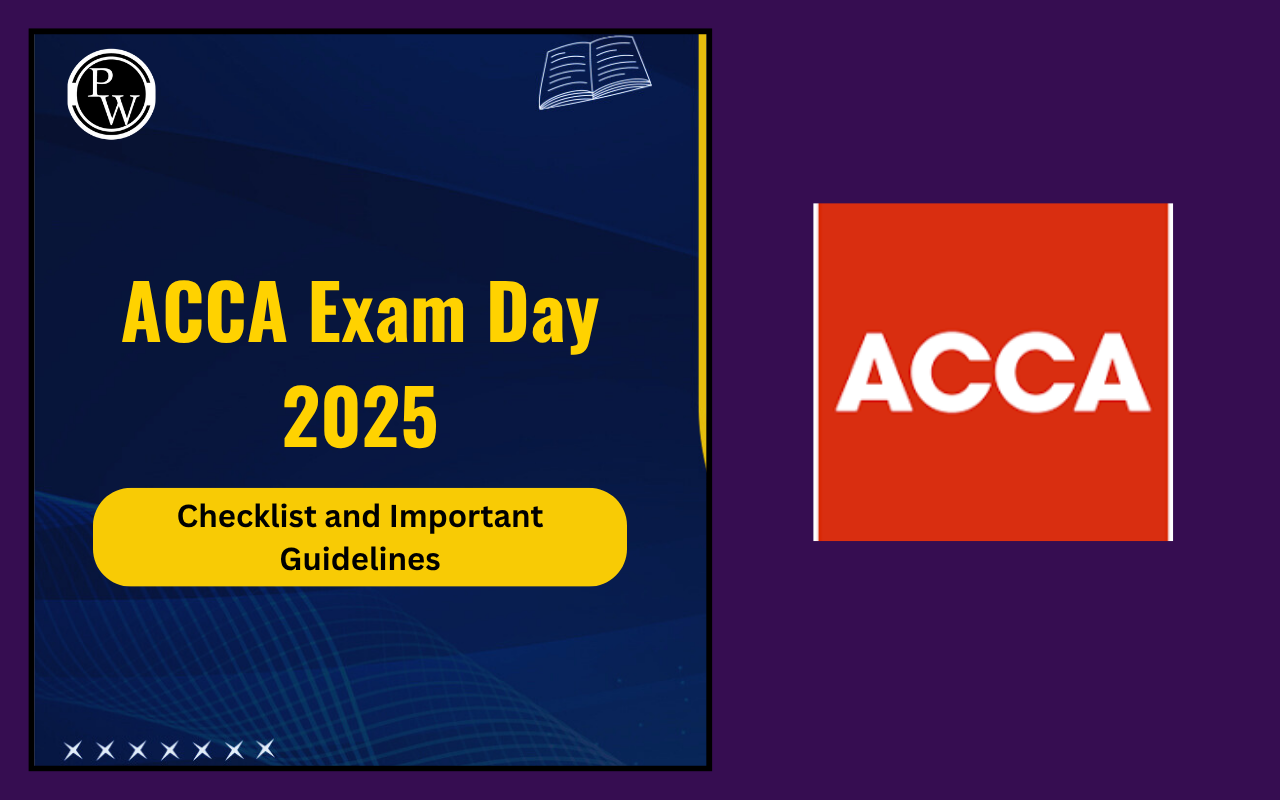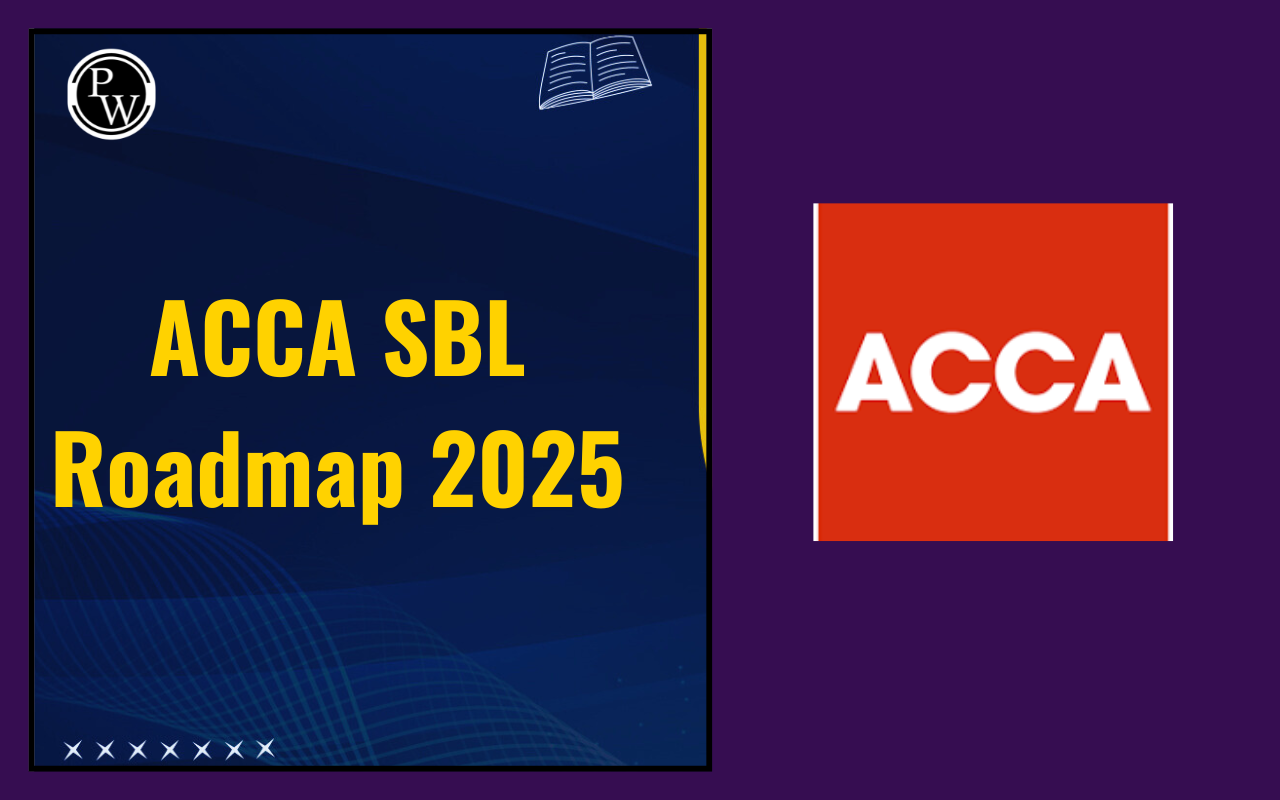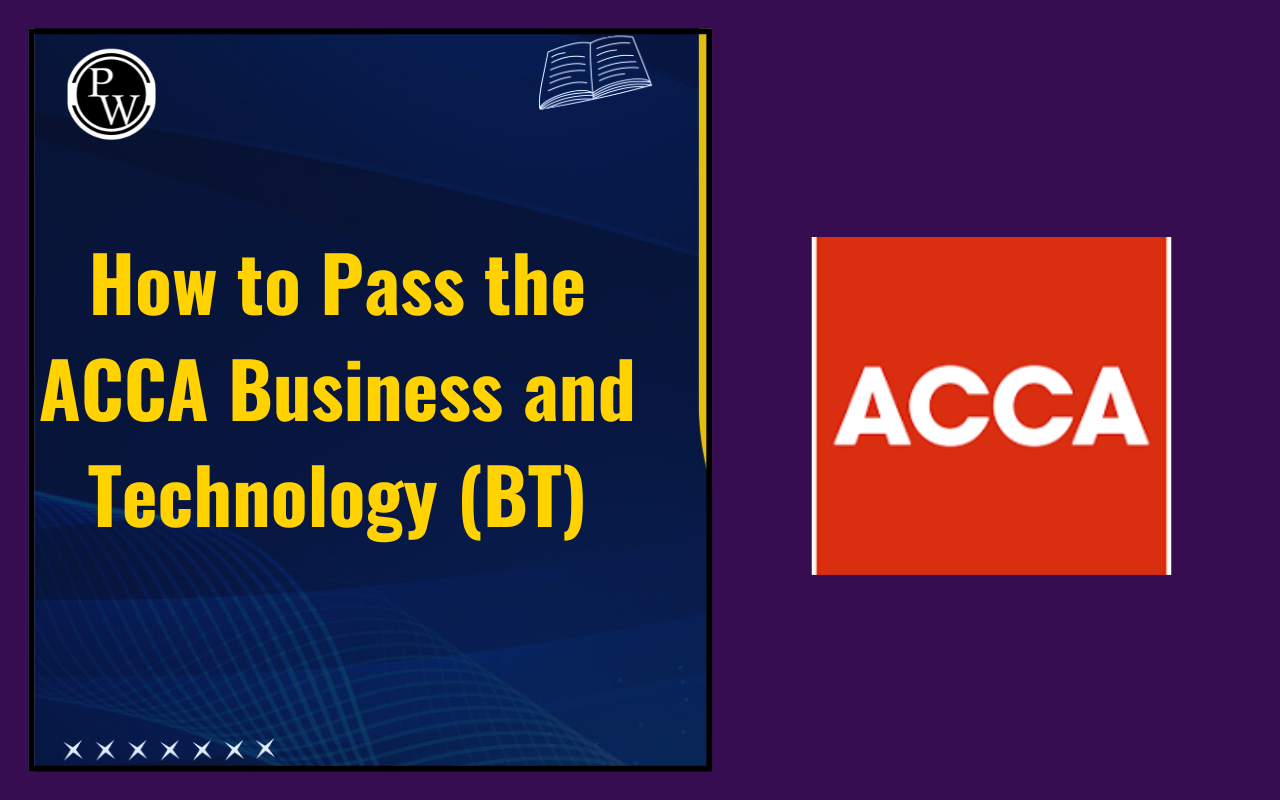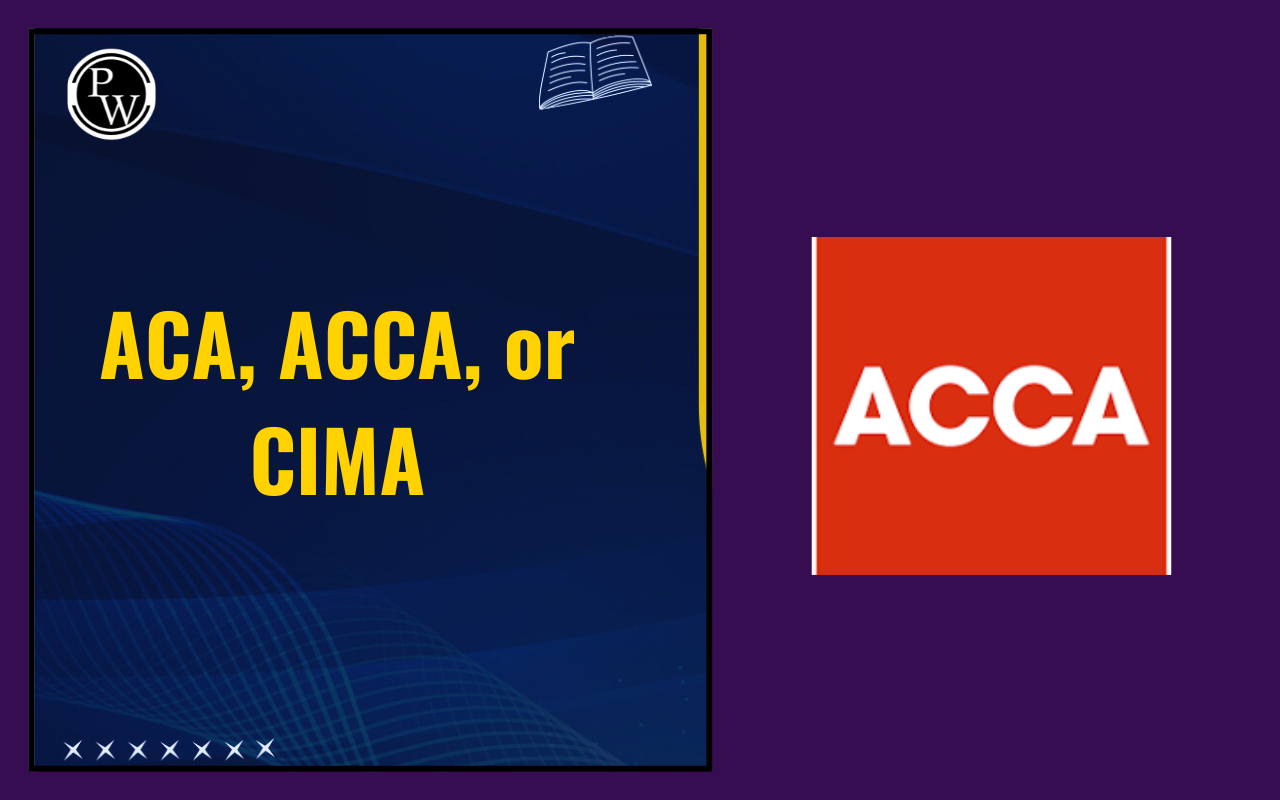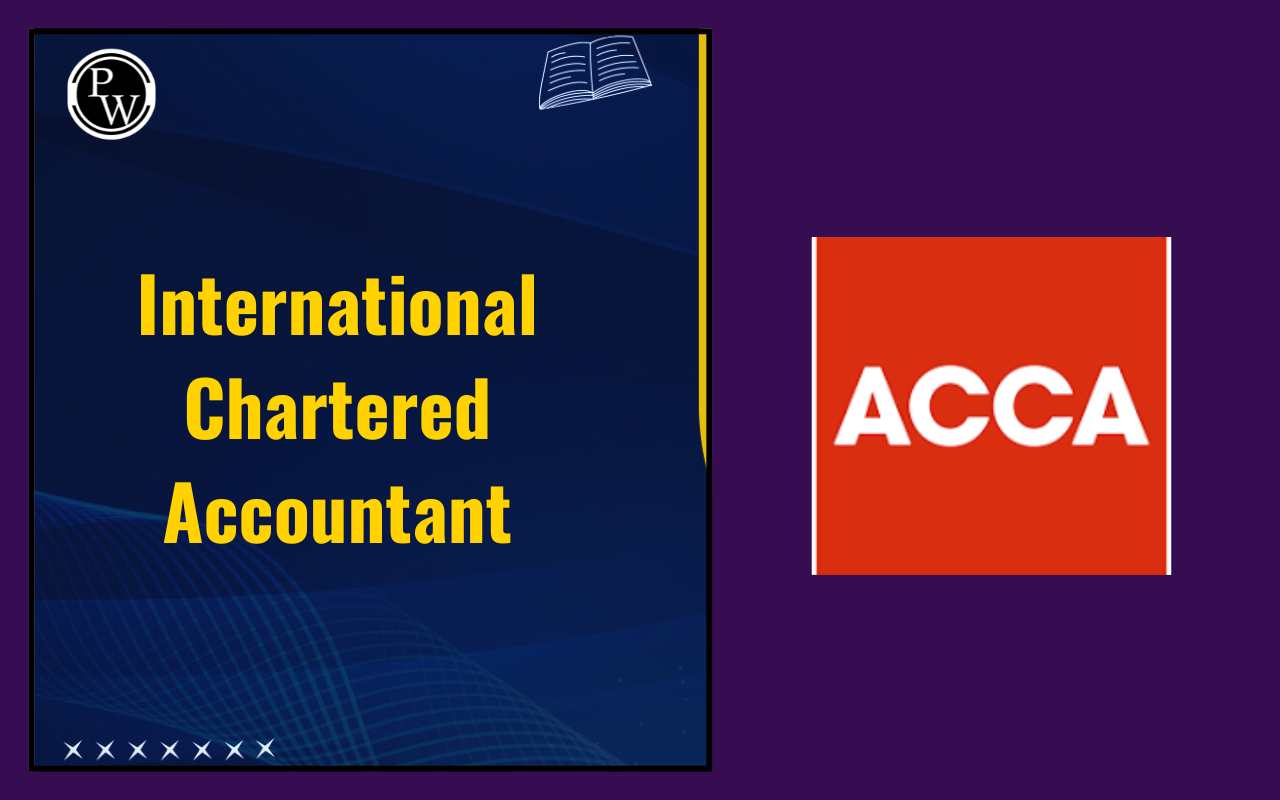
Financial Management ACCA 2025: The Financial Management exam is a crucial paper in the Applied Skills level of the ACCA qualification. The Financial Management ACCA 2025 examination aims to evaluate candidates' knowledge and understanding of investment, financing, and dividend policy decisions. These skills are essential to efficiently perform professional tasks as finance managers.
Candidates preparing for the ACCA exam must thoroughly review the comprehensive syllabus of FM to strengthen their preparation. Additionally, they should understand the exam pattern and mark allocation to enhance their exam readiness.
Financial Management ACCA 2025 Overview
The core aim of the ACCA FM is to develop the knowledge and skills required for making informed decisions relating to investment, financing, and dividend policy decisions. Therefore, ACCA aspirants must cover all the topics included in the FM syllabus to improve their knowledge and learn the necessary approaches for real-world application:
The table below presents key highlights of the ACCA 2025 Financial Management syllabus:
| Financial Management ACCA 2025 Overview | |
| Particulars | Details |
| No. of Chapters | 8 Chapters |
| Financial Management Function | |
| Financial Management Environment | |
| Working Capital Management | |
| Investment Appraisal | |
| Business Finance | |
| Business Valuations | |
| Risk Management | |
| Employability and Technology Skills | |
| Type of Questions | Objective Test QuestionsCase-study Based Questions |
| Sections in FM Exam | 3 Sections (A, B, C) |
| Exam Duration | 3 hours |
| Total Marks | 100 marks |
Financial Management ACCA 2025 Chapter-Wise Important Topics
The ACCA Financial Management (FM) syllabus for the 2025–26 exam cycle is divided into eight main capability areas. Each area covers specific topics that reflect real-world financial management scenarios. Below is a comprehensive breakdown of the chapters and related topics candidates must focus on during their preparation:
Financial Management Function
This chapter introduces the role of financial management in achieving business goals. It explains how financial decisions support strategic objectives, enhance shareholder value, and balance the interests of various stakeholders. Important topics included are:
-
Role and responsibilities of financial managers in business operations.
-
Objectives like profit maximisation and shareholder wealth maximisation.
-
Link between finance, accounting, and corporate strategy.
-
Stakeholder identification and conflict resolution.
-
Use of performance metrics such as ROCE, ROE, EPS, and DPS.
-
Financial goals and evaluation in not-for-profit organisations.
Financial Management Environment
This chapter explains the economic and financial aspects in which businesses operate. It explains how external factors like policies, markets, and regulations influence financial decisions. Key topics of this chapter are:
-
Influence of fiscal, monetary, and exchange rate policies on business.
-
Role of government in regulating and supporting business activity.
-
Importance of sustainability and corporate governance.
-
Function of financial markets and institutions.
-
Role of fintech and global markets in financial decision-making.
-
Key money market instruments and short-term funding tools.
Also Check: Performance Management ACCA 2025
Working Capital Management
This chapter focuses on day-to-day finance. Through this chapter, candidates learn how to manage short-term assets and liabilities to ensure smooth business operations and financial stability. Important topics of working capital management are:
-
Concept and importance of working capital in business.
-
Managing inventory, cash, receivables, and payables efficiently.
-
Cash management using models like EOQ, JIT, Baumol, and Miller-Orr.
-
Developing strategies for optimal working capital investment.
-
Approaches like aggressive, conservative, and matching policies.
Investment Appraisal
This chapter helps candidates understand the tools to evaluate long-term investment projects. It helps in making decisions about where and how a business should allocate its capital. Key topics covered in this chapter are:
-
Techniques like Payback Period, NPV, IRR, and ROCE.
-
Understanding inflation and tax effects in investment analysis.
-
Risk and uncertainty adjustments in investment decisions.
-
Evaluating lease vs. buy decisions and capital rationing methods.
Business Finance
In this chapter, students learn about different funding sources. Additionally, they understand how to assess the cost and impact of each funding resource on business performance and structure.
-
Sources of short-term and long-term finance, including Islamic finance.
-
Raising equity through public offers, rights issues, or private placements.
-
Internal finance and dividend policy considerations.
-
Calculating cost of capital (WACC, CAPM, cost of debt/equity).
-
Theories and approaches to capital structure and SME financing.
Business Valuations
This chapter helps students understand valuation methods to determine the worth of a business, shares, or financial assets in various scenarios like mergers, sales, or investment analysis. Key topics of business valuations are:
-
Reasons for conducting business valuations.
-
Valuation methods: asset-based, income-based, and DCF models.
-
Share valuation using P/E ratio, dividend models, and cash flows.
-
Valuation of debt instruments, preference shares, and convertible securities.
-
Concepts of market efficiency and its forms.
Risk Management
This chapter explains the types of financial risks businesses face. Students also learn about the strategies used to manage these risks, especially in global and uncertain environments. Key topics include:
-
Currency risks, including transaction, translation, and economic exposure.
-
Interest rate risks and hedging techniques.
-
Risk management tools like forward contracts, netting, and matching.
-
Exchange rate forecasting and interest rate parity theories.
-
Use of derivatives in financial risk management.
Employability and Technology Skills
This is the last chapter in Financial Management ACCA 2025 syllabus. It helps students understand how to work efficiently with digital tools, equipping them with the skills needed for modern finance roles and digital exams. Important topics of this chapter are:
-
Use of spreadsheets and data tools for financial tasks.
-
Presenting financial data professionally.
-
Navigating digital tools for exams and real-world applications.
-
Accessing and using financial information through technology.
Financial Management ACCA 2025 Exam Structure
The ACCA Financial Management exam is conducted in the CBE format. The exam duration is 3 hours, candidates get an extra 10 minutes to read the question paper. The questions are framed to test both technical knowledge and practical application skills of candidates. The paper consists of three main sections with a total of 100 marks.
The section-wise breakdown of the ACCA Financial Management exam is provided below:
| Financial Management ACCA 2025 Exam Structure | |||
| Section | Question Type | Details | Marks |
| Section A | Objective Test (OT) Questions | 15 standalone questions (2 marks each) | 30 marks |
| Section B | Case-Based OT Questions | 3 case studies, each with 5 OT questions carrying 2 marks | 30 marks |
| Section C | Constructed Response (CR) Questions | 2 long-form questions (20 marks each) Covers topics mainly from working capital, investment appraisal, and business finance | 40 marks |
Also Read: Demand and Supply for ACCA
Financial Management ACCA 2025 Preparation Strategies
To enhance ACCA Financial Management exam preparation and secure good marks, candidates should follow the strategies provided below:
-
Begin preparation by thoroughly understanding fundamental financial management principles, including the time value of money, risk-return relationships, and basic financial mathematics. Mastering these concepts is crucial to conveniently understand more advanced topics like investment appraisal and cost of capital calculations.
-
Candidates should focus on understanding high-weightage topics like working capital management, investment appraisal, and business finance. These topics form the core of Section C questions, helping candidates in scouring higher marks.
-
Develop proficiency in financial calculations, including DCF analysis and sensitivity testing, cost of capital computations, working capital ratio analysis and cash flow forecasting.
-
Apply financial concepts to real-life scenarios by analysing business decisions, solving case-based questions, and developing logical recommendations.
-
Candidates should aim to learn how to identify and manage financial risks like foreign exchange and interest rate exposure using practical hedging and assessment techniques.
-
Candidates must remain updated with trends such as ESG, fintech, economic changes, and regulatory updates to better understand the current financial landscape.
Financial Management ACCA 2025 FAQs
How to study for financial management in ACCA?
What are the topics in financial management ACCA?
What are the 4 C's of financial management?
Are there any negative marks in Financial Management ACCA?
How many OT questions in ACCA Financial Management?

